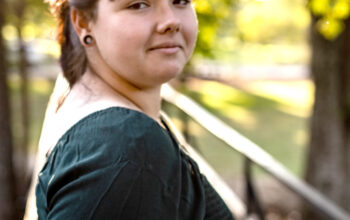By Sherri Coner
An amazing year-round list of activities and programs make the Garfield Park Conservatory an icon where education and nature join hands with all ages.
After a permanent rainforest theme was added in 1997 to this sprawling 10,000-square-foot structure, it became possible for visitors to see “tropical plants from all over the world,” said Jessica Helmbold, a naturalist employed for eight years at the conservatory, where she is also in charge of educational programming.
One of the most important aspects of the addition “is the opportunity to learn about the rainforest, how the plants are grown and what we do with them,” Helmbold said.
When nature lovers acquired a 128-acre stretch of Marion County land in 1874, it was known simply as City Park. But when President James Garfield was assassinated in 1881, the park was renamed in his memory.
In an effort to make the lush green time away from city life even more beautiful, three acres of space was dedicated in 1909 to growing thousands of tulips and hundreds of annuals. Three lighted fountains, brick walkways, classical urns and a lot of pride added the perfect finishing touch to what is still known as the Sunken Garden.
As if visionaries weren’t already on a roll, more brilliance struck in 1916, when German landscape architect, George Kessler, designed and constructed the conservatory.
Along with providing at least 10 public programs each month for preschool and school-age children along with programs for adults, an average of 200 students visit monthly on school field trips, Helmbold said.
All of those interactions are opportunities to teach.

conservatory boasts tropical plants from
around the world. (Photo courtesy of
Garfield Park Conservatory)
To keep the aging structure beautiful, renovations have been necessary through the years.
When the original wooden structure was in dire need of repair, it was replaced in 1955 with a welded aluminum frame, making it the nation’s first aluminum building.
After nearly 150 years, the magic of this community park remains unchanged.
Families continue to picnic under maple, oak and sycamore trees.
Area residents walk their dogs and ride bikes.
On snowy days, kids still drag sleds up the large hill near the South entrance and squeal their way to the bottom.
Proposals and marriage ceremonies happen near the gardens and fountains.
And of course, it’s a perfect place to curl up with a good book on a warm spring day.
“It’s just a pretty place to be,” Helmbold said.


